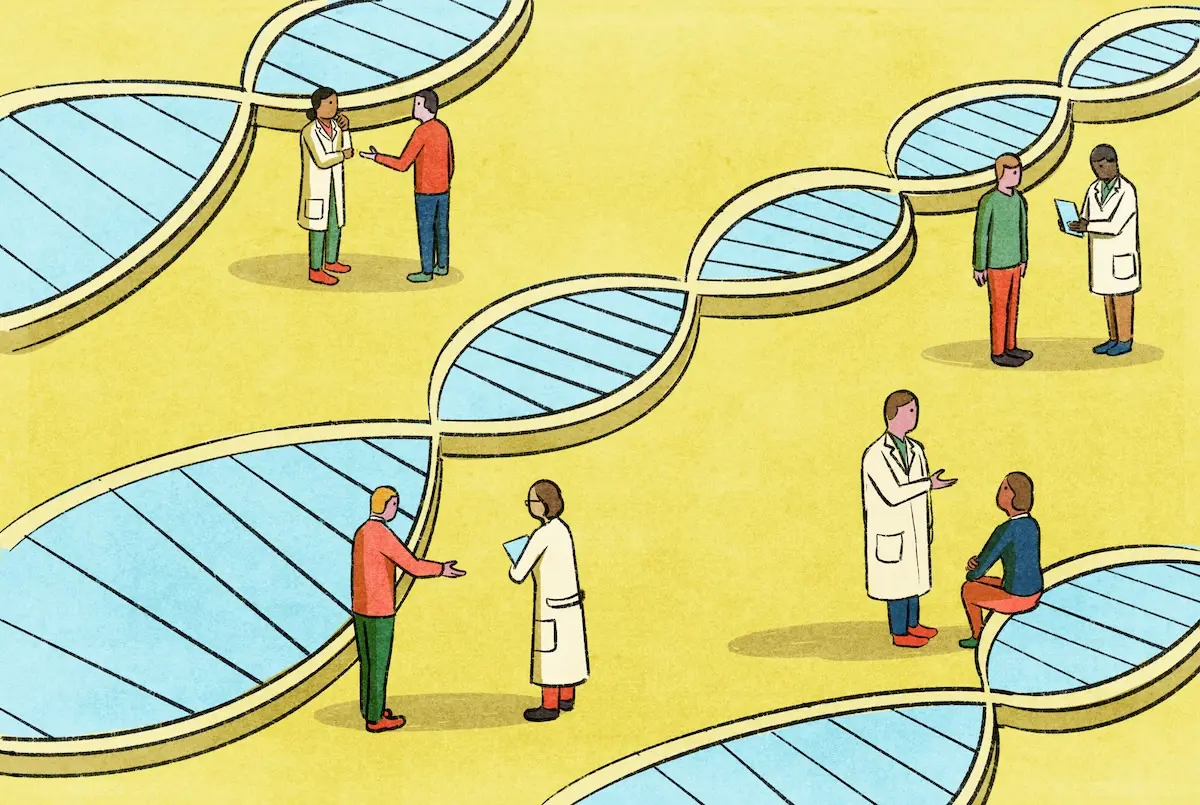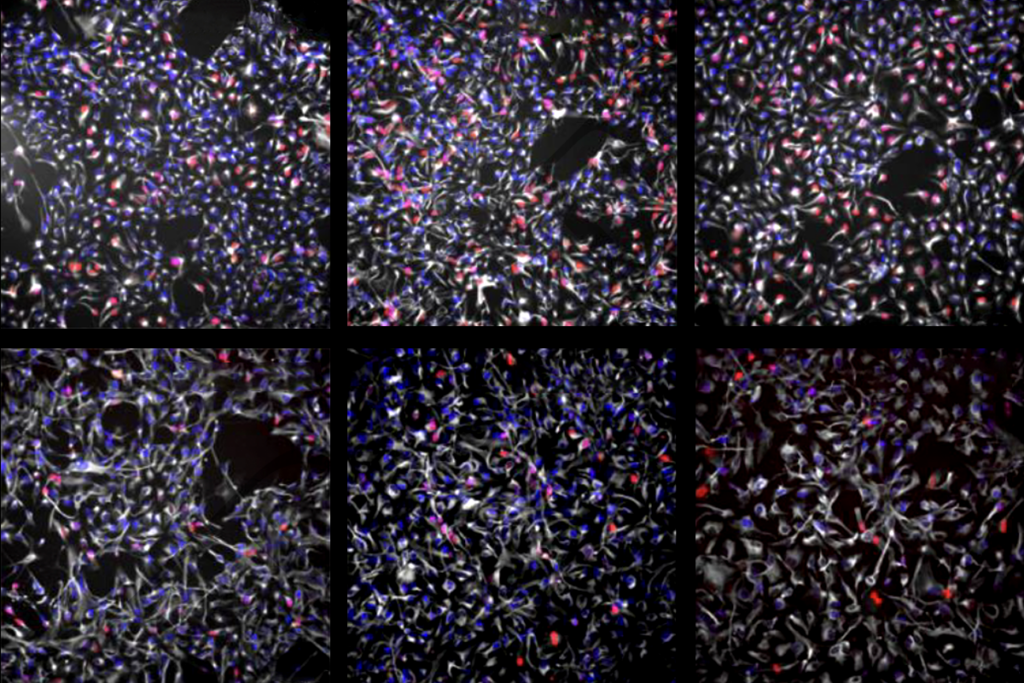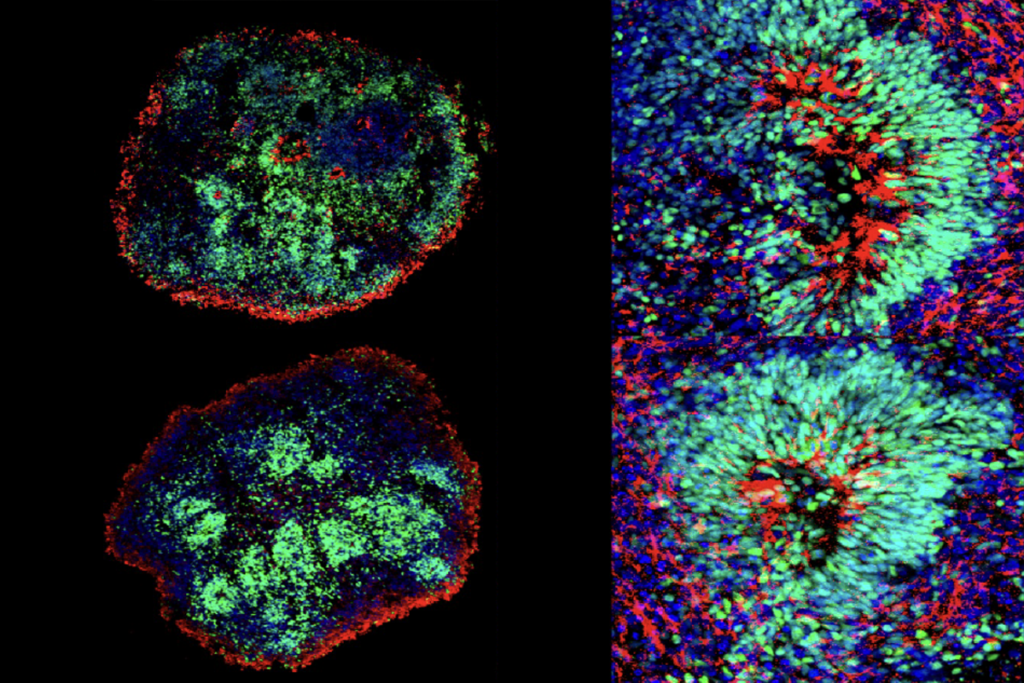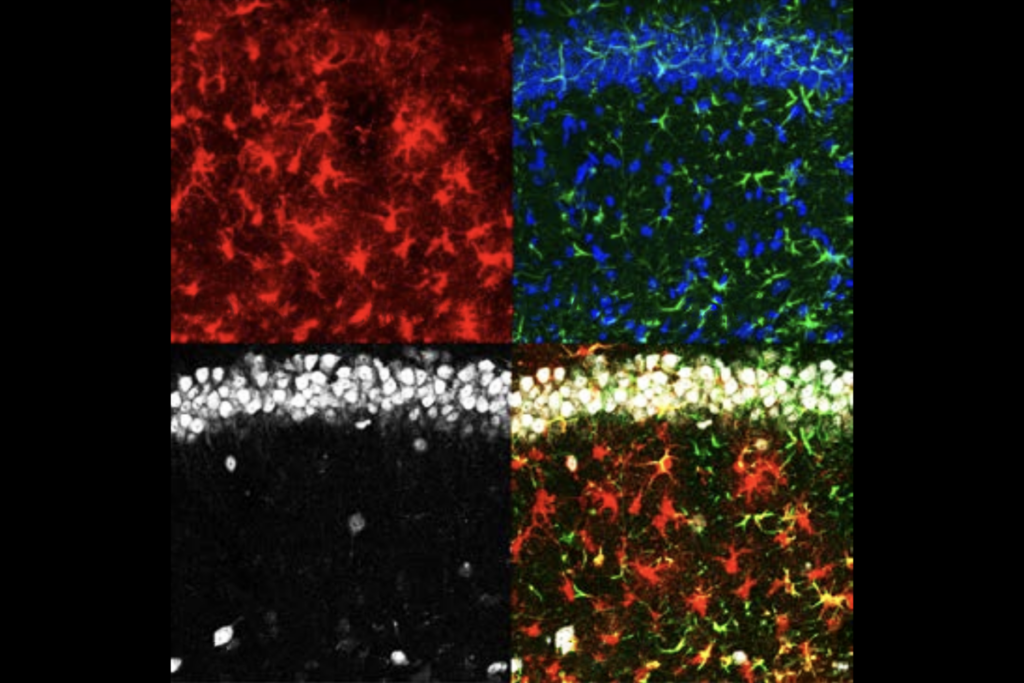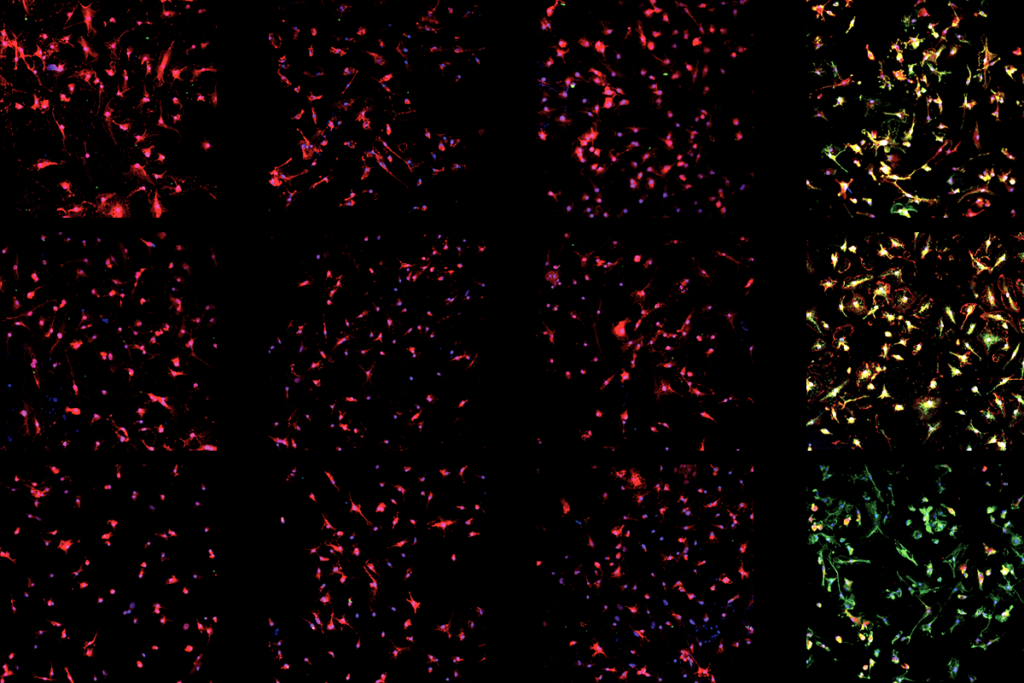After decades in autism research, Tony Charman, chair of clinical child psychology, King’s College London, argues that the pace of research is not serving either researchers or participants. Finding people to recruit and gathering data “takes a very, very long time,” he says. “Many people with autism and rare genetic conditions related to autism … need answers sooner than that.”
Charman and his colleagues aim to accelerate part of the process through the European Autism GEnomics Registry (EAGER). Specifically, they are building a registry of 1,500 participants who agree to be contacted to participate in future studies. These participants, or their parents or carers, will fill out a series of online questionnaires—including widely used assessments and some created or adapted by Charman and his colleagues—that provide detailed data on their mental and physical health, autism characteristics, quality of life, and hopes for research and therapies. They’ll also have a biological sample taken, which will be whole-genome sequenced.
The registry seeks to include participants who have been diagnosed as autistic and people with rare genetic conditions—such as Rett syndrome and Angelman syndrome—associated with autism. The scale is relatively small, as it is intended as a proof-of-concept project to demonstrate that such a purpose-built registry is possible, boosts efficiency and can be “less burdensome” for participants, Charman says.
The Transmitter spoke with Charman about the motivations for EAGER and how the team has involved feedback from people with autism and rare genetic conditions in the registry’s design.
(EAGER receives funding from the Simons Foundation, which also supports The Transmitter.)
This conversation has been edited for length and clarity.
The Transmitter: How did the EAGER project get started and what are your goals?
Tony Charman: It’s part of the Autism Innovative Medicine Studies-2-Trials (or AIMS-2-TRIALS) consortium, which is a large public-private partnership consortium that is funded by the European Commission with co-funding from the pharmaceutical industry and charity partners. It became clear to us that it would be useful to have an existing cohort of autistic participants or participants with rare genetic conditions, for whom there’d been both genetic characterization and behavioral or phenotypic characterization in advance, who we knew were interested in taking part in new studies.
TT: And how will that accelerate genomic research and clinical trials?
TC: One of the challenges for academics or the pharmaceutical industry, when they’re interested in running trials, is they have to go out each time to recruit participants for whom they don’t have any characterization, like biological or genetic information. And having a go-to cohort of individuals, deliberately enriched for people with autism who may also have rare genetic conditions, may be quite useful.
The current model for setting up a clinical trial is that you go out to a number of centers and you say, “we’d like to recruit 20 patients from you.” But you don’t usually have a pre-existing set of consistent measures across potential trial sites on those individuals. You often don’t have biological information that might be relevant for certain targeted pharmacological treatments. If you want that, then each time you start a study, you have to do the characterization: to collect the biological sample and do the genetics. And my gosh, that takes a lot of time and a lot of effort.
TT: How does EAGER compare with other research cohorts—including some that connect people who contribute to databases to future research projects?
TC: There are lots of other autism cohorts. But the field needs more than one cohort, and we hope ours will be complementary, as it is a different sample—European, started specifically as a registry cohort and including a mix of participants with rare genetic conditions and/or autism. Participants are only eligible to take part in EAGER if they indicate from the very outset that they’re willing to be approached to take part in future studies that may include clinical trials.
Other genomics projects often have some standard measures of autism diagnosis or autism symptomatology. They sometimes, but not always, have some other measures of co-occurring mental health or co-occurring medical conditions. But we also measure well-being and quality of life. Now, we do that in some of the other AIMS-2-TRIALS studies. But I think it’s quite rare to do that in the genetic cohorts.
The result is a registry of people who might be approached in future for clinical trials whom you could target based on genetic signature, a combination of their autism profile with their psychiatric or physical health profile, or their individual preferences. I don’t think that that combination of information exists in other cohorts.
TT: What is your timeline? Have you already started recruitment?
TC: Yeah, we started in October 2023, and it’s going well; we are getting toward about 25 percent of our target. We have 13 centers in eight different countries.
We’re collecting the behavioral, phenotypic and personal data on online platforms, so that data will be ready for checking and quality control as soon as that is finished. The whole-genome sequencing will take a while. Those findings are probably not going to be ready until 2026.
TT: Other projects have encountered significant roadblocks when using genomic data—particularly Spectrum 10K. Are you concerned about possible pushback? Have you taken steps to engage with autistic people directly?
TC: Absolutely. We consulted with autistic representatives, as well as people from the rare-genetic-conditions community, and very explicitly discussed concerns about the use of genetic information for eugenics. As a result, our participant information sheet has a box that lays out some of the concerns, saying that we are clear that the information that we are gathering cannot be used in that way.
It’s also true that we know that some people in the autism community are saying, “Well, my autism doesn’t need treating,” and that’s, of course, fine. But there are people who are seeking treatment and we don’t know enough about what works for whom.
TT: What were the outcomes of the consultations you had with the communities involved? What changed in the project as a result?
TC: They were very keen that we should clearly address community concerns about things like the use of genetic data in all our materials, from our ethical application to the information that potential participants receive. But we also asked what research questions we should be asking, and what symptoms people are most troubled by. We started off with a standard list from what we do in clinical practice, and they were saying, “Yeah, but you’ve got to ask about this and that.” (“You’ve got to ask about burnout,” for example.) We explicitly ask for community preferences—what they’d like help with, for instance—because that’s not often done in research studies or registries.
TT: What are your plans for data sharing, and what guard rails have you built in? How will other researchers access and use this registry?
TC: We are currently working this out. Data will be available on the ELIXIR platform and via the Autism Sharing Initiative. Researchers will be able to apply to access the data, and a data-access committee that includes community representatives will control access. Again, this is something we discuss with our autistic representatives to make sure that they think the gatekeeping mechanisms for proposals to use that data have adequate input from scientists and the autism community.
Another discussion is whether participants will be able to re-consent to every use of their data. If it involves a new contact and collecting new information, then yes, researchers will need to obtain consent. But some of the registry data could be analysed anonymously without that dynamic consent, although there is discussion about whether dynamic consent is feasible.
TT: What are you hoping EAGER will help us understand about autism and related conditions?
TC: We’re interested in trying to look at the way in which adaptability, health and other medical conditions—and particularly mental health conditions—aggregate, and whether they aggregate differently in individuals who are autistic and who have rare genetic conditions versus those whose autism has a different genetic fingerprint or signature.
But my biggest hope is that people will see the promise of this as a demonstration of a pathway to future studies, including future clinical trials. All the things that we’ve been doing for the past 20 or 30 years have not been efficient enough.
